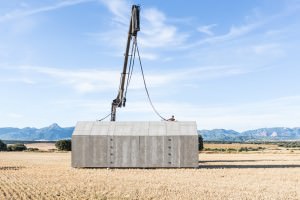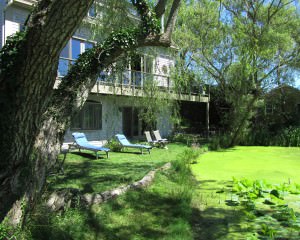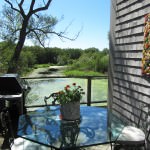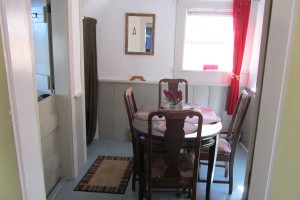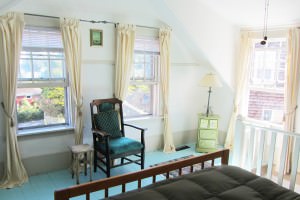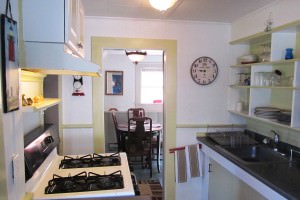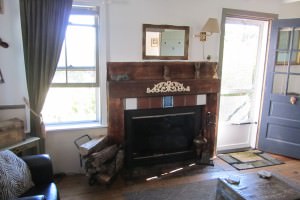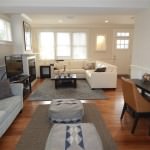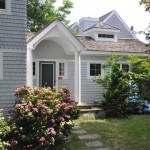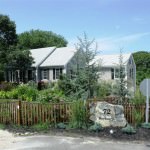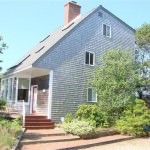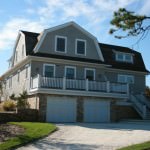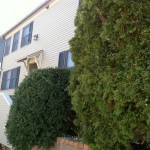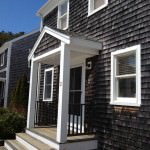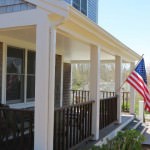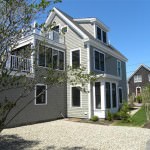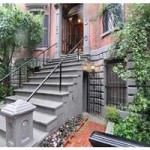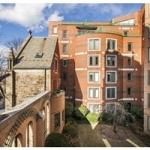Greater Boston prices outpace nation
The already overpriced Boston area is even more expensive now, with home values rising more than 10 percent in August to more than $341,000, Zillow reports this morning.
That’s nearly double the pace nationally, with home values across the country (Zillow’s index includes both prices and assessed values) having risen by a comparatively modest 6 percent.
In fact, this is a reversal of the trend we have been seeing over the past year as the real estate rebound kicked into high gear.
Greater Boston, which in most surveys includes everything inside the 495 beltway and some of the bedroom communities of Southern New Hampshire, saw a much less dramatic decline in home values than many other parts of the country after the bubble burst.
Hence, when home prices began to rise again, the Boston area posted respectable, but not spectacular, single-digit gains, compared to hard hit markets like Las Vegas and Phoenix, which saw prices suddenly soar by 20 percent or more.
Of course, when you’ve hit rock bottom and have been given up for dead, like Vegas and Phoenix and other overbuilt and over-speculated Sunbelt cities, there’s only one way to go, and that’s up.
Context is crucial.
So why is Greater Boston now outpacing the nation when it comes to rising home values?
A relatively robust economy driven by high-paying industries like biotech and tech are combining with decades of anemic residential construction in a perfect storm of surging demand and dwindling supply.
It may be good news for potential sellers, but for buyers, it’s only getting tougher out there as the fall market continues to heat up.


